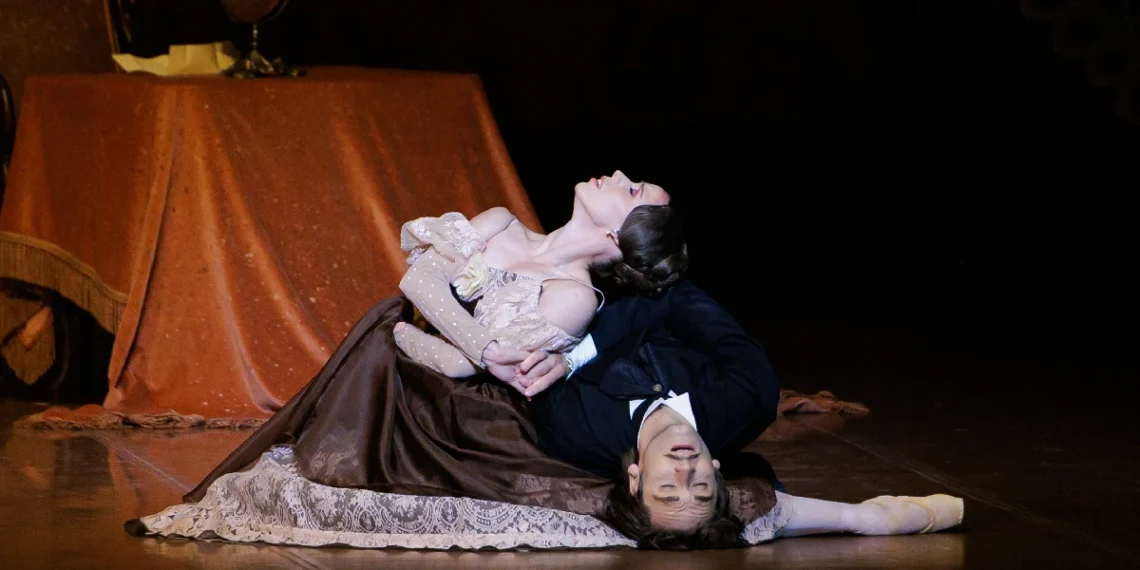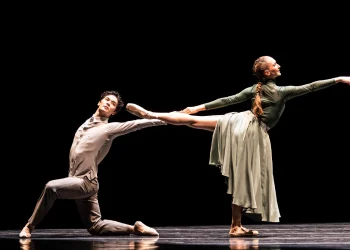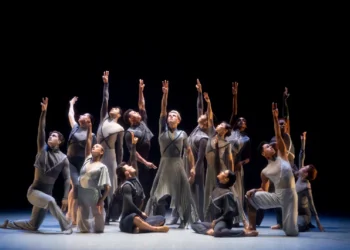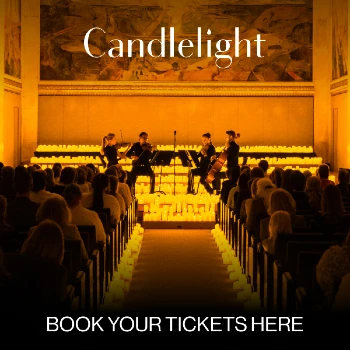The Stuttgart Ballet Onegin Review
October 8, 2025 | The Kennedy Center – Washington, D.C., USA
At the Kennedy Center, opening its 2025-26 ballet season, The Stuttgart Ballet did more than perform Onegin. The company reminded Washington audiences of what ballet can do when it holds both classical tradition and dramatic poignancy.
This was an evening of rare importance: the company returned to the stage of the Kennedy Center Opera House after more than thirty years. And in this diamond anniversary year for John Cranko’s Onegin (a work born in Stuttgart in 1965, steeped in the city’s fertile ballet tradition), Stuttgart Ballet brings forth not just a ballet but the company’s legacy.
You may also like...
Pacific Northwest Ballet In The Upper Room Review: Of Contrasts and Connection
Pacific Northwest Ballet In The Upper Room Review: A program that moves from dystopian drama through intimate observation to communal celebration.
BalletX 20th Anniversary Retrospective Review: The Red Shoes of Ballet
In the BalletX 20th Anniversary Retrospective, each snippet is concentrated - a burst of energy and artistry so lush and thrilling you can almost taste it.
The Stuttgart Ballet Onegin Review
Cranko’s Onegin is a ballet of vivid emotional texture.
Based on Alexander Pushkin’s novel Eugene Onegin, with music drawn from Tchaikovsky’s works and arranged by Kurt-Heinz Stolze, the choreography weaves together formal court dances, folk ensembles, dreamlike scenes, and raw emotional conflicts.
Tatiana’s inner journey – in her naiveté and yearning, in her heartbreak, and ultimately in her spiritual growth and maturity – is central in this ballet. Onegin, too, must move from cold aristocrat to regretful soul.
Technically, the choreography is taxing, featuring intricate lifts and holds, vibrant ensemble dances, and a kaleidoscope of intimate duets. It demands precision, strength, musicality, and superb dramatic acting.
The ballet’s libretto gives us a clear and concise progression in the story and draws each character with vivid strokes: the innocent and passionate Tatiana; the jaded aristocrat Onegin; the idealistic and sensitive Lensky, the frivolous and fickle Olga; the mature and grounded Prince Gremin.
The key dramatic moments in the ballet are the dream sequence in Tatiana’s bedroom, where her longing becomes almost tangible; the birthday ball, where society’s merriment and underlying tensions are sharply exposed; the duel between Lensky and Onegin; and finally, Tatiana and Onegin’s last pas de deux, when past decisions demand reckoning.
With Friedemann Vogel in the title role on opening night, expectations were high. What unfolded was an indelible offering – a technically polished and supremely theatrical performance, rich in drama and pathos.
The title character, Onegin, is in many ways a parade of inner contradictions: love, regret, ennui, transformation.
Dressed in somber black, Vogel’s Onegin was aloof but also charming, and under his polish one detects moments of vulnerability that remind us why the character’s journey still feels relevant even after decades of performance history.
From his first entrance, Vogel exuded Onegin’s arrogance, his coldness and superiority. But there was also a subtle undercurrent of restlessness – an acute awareness that the comforts of privilege go hand in hand with loneliness.
Vogel’s first scenes with Tatiana (the delicate and expressive Elisa Badenes) revealed both his capacity to seduce and to wound. His duel with Lensky felt fleeting but still full of gravitas, showing Onegin’s inner turmoil.
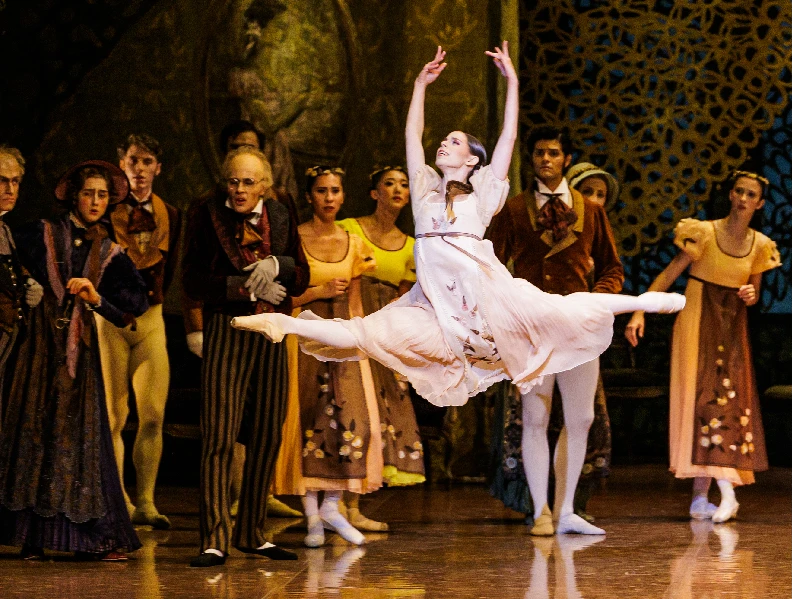
His early scenes were marked by a studied detachment: this was a man too world-weary for his surroundings.
Onegin’s rejection of Tatiana in the second act was performed without theatrical flourish. He didn’t need to raise his voice (or in this case, his gestures). The withdrawal was enough. The cold line of Vogel’s back as he walked away spoke volumes. And later, after the duel with Lensky, Vogel’s Onegin seemed to shrink under the weight of his own actions. He appeared aged, stunned, almost like a ghost of the man we first met.
It’s in the final act, as he returns to plead with the now-married Tatiana, that Vogel’s internal unraveling became most palpable.
The closing pas de deux was agonizing to watch not simply for its physical demand, which both dancers navigated with raw precision, but for its emotional impact.
Dancing with quiet power, Badenes as Tatiana was luminous, especially in the dream sequence and later in the final pas de deux with Onegin. She revealed Tatiana’s emotional trajectory from a wide-eyed romantic girl to a dignified and resolute woman with rare subtlety and conviction. Her facial expression and her entire body answered Vogel’s Onegin, not simply reacting but engaging in a dialogue.
In the final scene of the ballet, in her despair, she expressed with the devastating clarity that she has been deeply wounded yet remains sovereign.
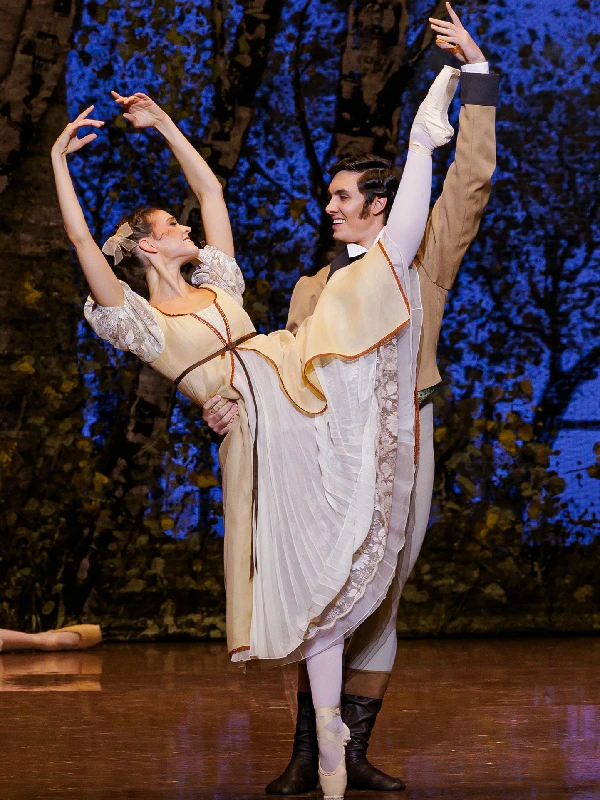
Tall and lanky, Gabriel Figueredo as Lensky brought both lyrical beauty and doomed passion to his role. In the act leading up to the duel, his love for Olga felt genuine, his anger and disappointment, believable.
Mackenzie Brown as Olga, for her part, offered comedic lightness in the first act but betrayed a deeper sadness later.
And Roman Novitsky was appropriately poised and stately as Prince Gremin.
The Kennedy Center Opera House Orchestra, under conductor Wolfgang Heinz, delivered Kurt-Heinz Stolze’s arrangement of Tchaikovsky’s music with bright color and sweep. Stolze’s score weaves together the aching romanticism we expect of Tchaikovsky.
During the performance, the music, like the dancing, brought the lyrical poetry of Pushkin to the fore.
Featured Photo of The Stuttgart Ballet‘s Elisa Badenes and Friedemann Vogel in John Cranko’s Onegin. Photo by Yassine El Mansouri, courtesy of The Kennedy Center.



